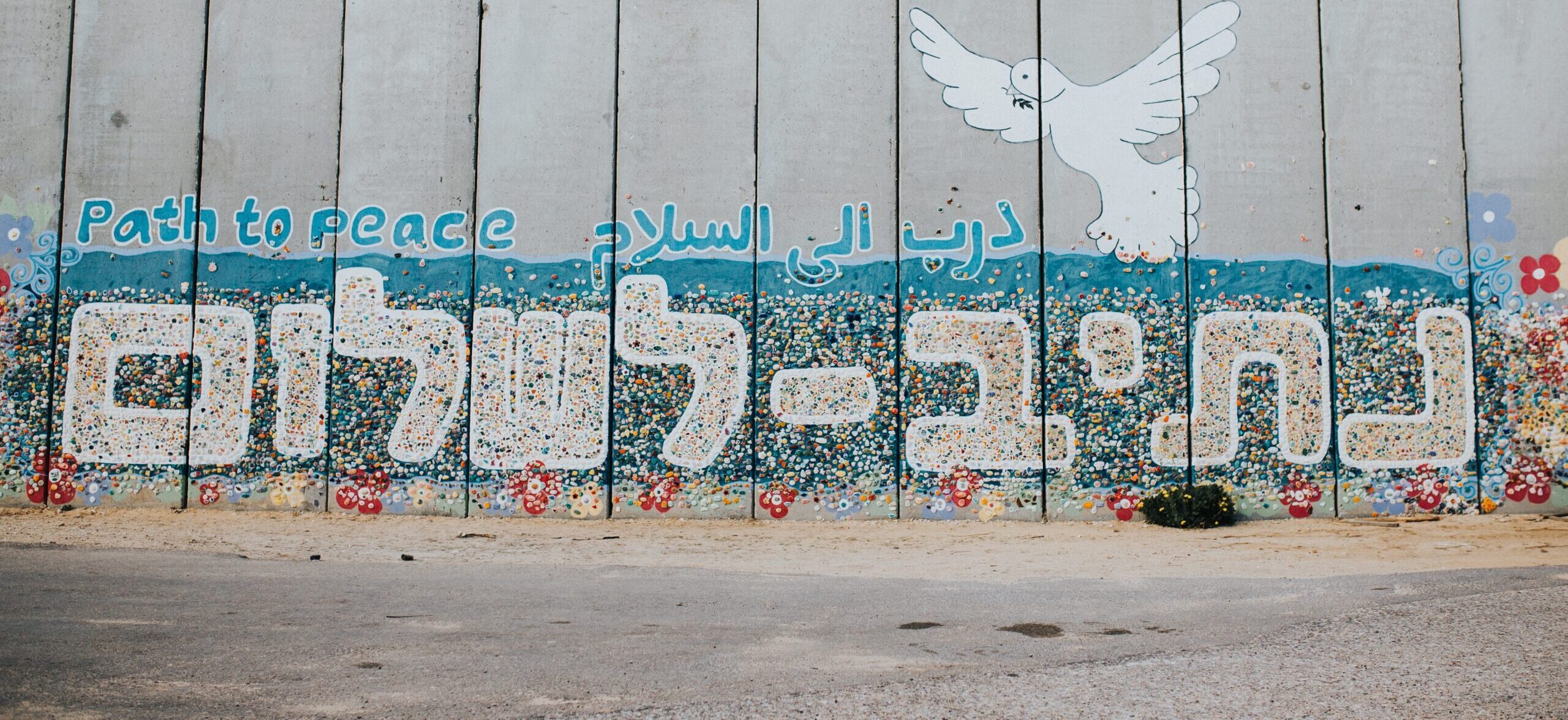

On Oct. 7, 2023, Hamas militants launched a terror attack on Southern Israel. More than 1,200 civilians, mostly Israelis, were killed, and some 240 individuals were taken hostage. In retaliation, the Israeli military launched air, sea and land assaults into Gaza, killing, by some accounts, more than 30,000 people, with more than 1.7 million displaced and under risk as hostilities continue.
This renewed violence is the latest chapter in the complex history of conflict between Arabs and Israelis in the Middle East. The Center for Disaster Philanthropy’s role is not to adjudicate the multiple dimensions of the conflict; rather, we seek to guide funders on how to support the region’s substantial and growing humanitarian needs.
In this highly politicized and emotionally charged environment, we advise donors to make choices in their giving that center humanity and seek to help those with the greatest unmet needs. We also ask donors to recognize that immediate needs will be layered and overlapping and that the recovery and healing will take years and require political solutions beyond the missions and capacities of humanitarians.
The impact of the conflict is growing every day, with no aspect of life unaffected and the greatest impact befalling the most vulnerable in society.
(A wall at Netiv HaAsara facing the Gaza border reads the words “Path to Peace” in Hebrew, Arabic and English. Photo by Cole Keister on Unsplash)
Latest Updates
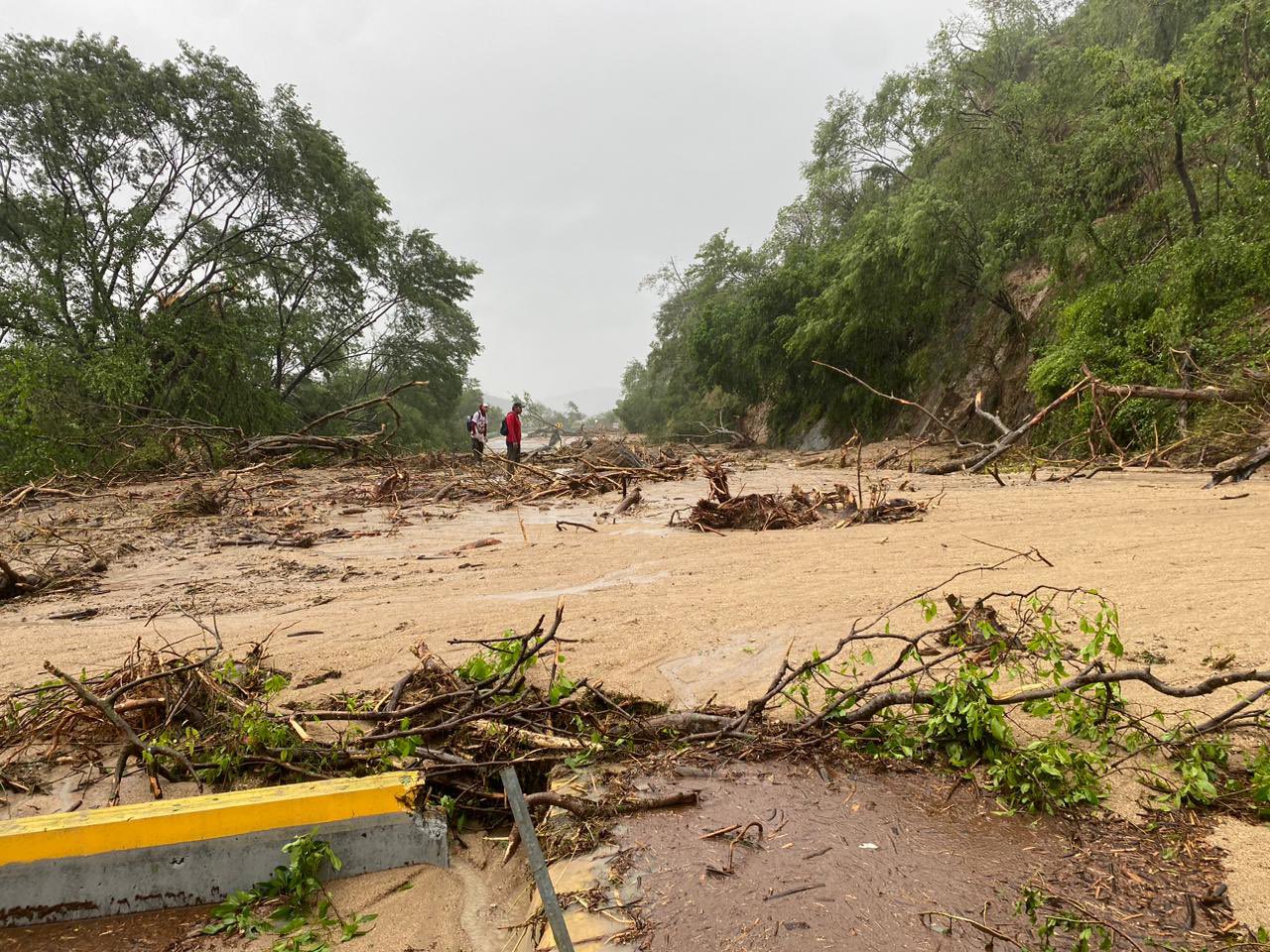
What we’re watching: Weekly disaster update, October 30

What we’re watching: Weekly disaster update, October 23

What we’re watching: Weekly disaster update, October 16

CDP statement on the escalation of violence in Israel and Palestine
Challenges to humanitarian response
- Humanitarian access into and around Gaza remains hindered; insecurity, bureaucracy and a near-total blockade – including restrictions on the movement of people and what is allowed to be imported – have severely limited and, in some cases, stopped the delivery of humanitarian aid. More than 100 aid workers have been killed, and thousands more continue to work in increasingly difficult conditions.
- France 24 reported that: “In a seven-day truce in November a total of 105 hostages were exchanged for Palestinians held in Israeli jails.” Two older men being held were rescued overnight on Feb. 11-12, 2024.
- According to the BBC: “Only 11 of the Palestinian territory’s 36 hospitals are still partially functional after four months of conflict, while three are functioning at minimal capacity.”
- When the Gaza border with Egypt is open, some aid convoys of humanitarian relief supplies are entering the territory under the oversight of the Egyptian Red Crescent Society. Canadian International Development Minister Ahmed Hussen recently told reporters that not enough aid is getting through to meet needs, with a lengthy inspection and authorization process leading to extended delays in crossing.
Immediate needs
The escalating conflict has created widespread death and destruction. The number of civilians killed in the initial attack and ongoing war continues to increase. Approximately 100 hostages remain in captivity, thousands of children have been killed and scores of families have been torn asunder.
Civilian deaths and injuries are high in both Israel and Gaza. This necessitates an increased need for trauma and emergency interventions.
The population in Gaza lacks access to electricity, fuel, food, sanitation services and water. Health service continues to deteriorate as health care facilities come under attack, shut down and run out of life-saving supplies and medicines.
Food and nutrition
According to the United Nations World Food Programme, “food aid is required by almost the entire population of 2.2 million people. Gaza is seeing the worst level of child malnutrition anywhere in the world. One child in every six under the age of two is acutely malnourished.”
Health care
Hospitals across Gaza are stretched and struggling to respond, with limited access to fuel and medical supplies and with personnel and buildings under attack. The Israeli military has accused Hamas militants of using hospitals as cover, and Israeli soldiers entered the Shifa hospital complex searching for militants and seeking to free hostages they believe to be held there.
Under international humanitarian law, hospitals have special protections and should not be attacked, and this protection extends to the sick, wounded and medical staff.
According to the International Committee of the Red Cross (ICRC), these protections do not cease unless the facilities are used by a party to the conflict to commit an “act harmful to the enemy.”
The use of civilians, such as patients or staff within a hospital, by combatants as human shields is also prohibited.
Mental health and psychosocial support
The psychological consequences of the ongoing attacks on Israeli and Palestinian communities can seem invisible, but the trauma and need for psychosocial support for all those affected is real and critically important.
According to UNOCHA, “psychological first aid [is required] for affected persons as well as frontline workers. Mental health and psychosocial support (MHPSS) [is needed] for affected families. Increased levels of distress, fear, anxiety, insecurity, and panic attacks is expected, especially among children and women. Parents and children will require more MHPSS, especially regarding how to help children who suffer from fear and panic.”
Children
Gaza has a younger average than other countries, with 53% of the total population of 2.2 million under 18 years old.
The United Nations reported: “Most crises impact children terribly, they have a casualty rate of children around 20 per cent. But in Gaza, that rate is 40 per cent.”
According to the Inter-Agency Standing Committee’s Education Cluster, approximately 378 school buildings have sustained damage, and 264 are being used as displacement centers, leaving most children without access to education.
National Public Radio noted, “Researchers say the cumulative trauma of chronic ethnic-political violence has a profound and lasting impact on children’s mental health and development, affecting their functioning and outlook on the world as young adults. Studies show that even youth who seem to become desensitized to the violence around them remain deeply scarred — unless, that is, they are given a chance to recover.”
In the same article, Eric Dubow, professor of psychology at Bowling Green State University, explained, “Both children in Gaza and the Israeli children directly exposed to the Hamas attacks are now at a greater risk of long-term post-traumatic stress and other mental health problems.”
In Israel, weeks after the terror attack and as rockets continue to target population centers that wounded, orphaned and traumatized children, organizations are providing psychosocial and recreational interventions to these young survivors.
Internally displaced people
According to UNOCHA’s Guiding Principles on Internal Displacement, “internally displaced persons [IDPs] are persons or groups of persons who have been forced or obliged to flee or to leave their homes or places of habitual residence, in particular as a result of or in order to avoid the effects of armed conflict, situations of generalized violence, violations of human rights or natural or human-made disasters, and who have not crossed an internationally recognized state border.”
Mass displacements continue across the conflict, with inadequate provision of shelters and essential services due to supply, access and security issues. Inside Gaza, UNOCHA reports that displaced Palestinians exceed 1.7 million civilians, or 77% of the population. HIAS reports that an estimated 200,000-250,000 Israelis have been internally displaced.
Principled humanitarian action
CDP supports and advocates for principled, accountable and high-quality humanitarian action. Centering people and their needs is the core of effective humanitarian action, guided by the primary motivation to save lives, alleviate human suffering, and protect and maintain human dignity. Humanitarian action is thus guided by the principles of humanity, impartiality, independence and neutrality.
Members of the Core Humanitarian Standard Alliance and other organizations will go further and publicly hold themselves to “standards that improve the quality and effectiveness of the assistance they provide.”
Throughout any complex humanitarian crisis, humanitarians will regularly speak to the importance of upholding International Humanitarian Law (IHL). They do this to seek to limit the effects of armed conflict on civilians, to advocate for “the rapid and unimpeded passage for humanitarian aid during armed conflicts, [for] the freedom of movement for humanitarian workers in conflict areas, [and] the protection of civilians (including medical and humanitarian workers) and refugees, prisoners, and the wounded and sick.”
It is worth noting that some humanitarian organizations, “while committed to giving impartial assistance and not taking sides in hostilities, do not consider that the principle of neutrality precludes undertaking advocacy on issues related to accountability and justice.”
CDP’s president and CEO Patty McIlreavy spoke on the complicated conundrum humanitarian neutrality causes for many, noting that: “Humanitarian action’s primary purpose is to save lives and speak out for those most vulnerable to disasters’ impacts. The principle of neutrality serves as a guide on how to do this.”
The United Nations, the ICRC, and many international and philanthropic organizations are currently speaking to the need for all parties to the conflict to respect IHL. This includes, among other things, calls for border crossings to be opened; for civilian infrastructure – schools, hospitals and residences – to be protected and not be targets of attacks; for freedom of movement; and for services to be available to all people throughout any hostilities.
In times of conflict and war, varying needs within all population groups will be created and require humanitarian assistance and recovery. Following the humanitarian principles of humanity, independence, neutrality and impartiality will aid you in your identification of where and how to help.
Water, sanitation and hygiene
“With over 95 percent of Gazans lacking access to safe water and 1.5 million displaced into crowded settings,” the IRC “is warning of an imminent infectious disease outbreak in Gaza. As Gaza’s residents rely on contaminated water sources and lack access to proper sanitation and hygiene, waterborne illnesses like cholera and typhoid will inevitably spread.”
Aid agencies are raising concerns as children are especially susceptible to outbreaks.
Protection
Protection needs for Israelis and Palestinians continue to rise. During conflict, protecting civilians, particularly vulnerable individuals, and ensuring access to their basic rights are immediate priorities.
Cash assistance
As with most disasters and emergencies, cash donations are recommended by disaster experts as they allow on-the-ground agencies to direct funds to the most significant areas of need, support economic recovery, ensure donation management does not detract from disaster recovery needs, and quickly re-establish access to basic needs.
The Center for Disaster Philanthropy recommends cash as a donation and recovery strategy. When markets are functioning and accessible, direct cash assistance can allow families to purchase items and services that address their multiple needs. It gives each family flexibility and choice, ensuring that support is relevant and timely. Cash-based approaches to disaster recovery also give people the freedom to choose how they rebuild their lives and provide a pathway to economic empowerment.

Guided by a principled humanitarian approach, CDP’s Israel and Gaza Relief and Recovery Fund centers on the dignity and humanity of all civilians in Gaza and Israel. Through this fund, donors can support efforts to help those with the greatest immediate and long-term unmet needs.
Contact CDP
Philanthropic contributions
If you have questions about donating to the CDP Israel and Gaza Relief and Recovery Fund, need help with your disaster-giving strategy or want to share how you’re responding to this disaster, please contact development.
Recovery updates
If you are a responding NGO, please send updates on how you are working on recovery from this disaster to Tanya Gulliver-Garcia.
Recommendations for funders
The Israel-Hamas war is a tragedy. At CDP, we want to do everything possible to support people in need in Israel and Gaza. We encourage funders to take the long view and recognize that the situation is highly volatile, very personal for many and likely to continue to shift. Give your potential grantees time to assess. Or provide unrestricted dollars to allow them to support areas of highest needs, including staff care.
CDP recognizes that some funders will choose to fund only in Israel, others only in Gaza and some in both locations. Be prepared that there may be a negative response from your partners and stakeholders, no matter which option is selected.
More ways to help
CDP has also created a list of suggestions for foundations to consider related to disaster giving. These include:
- Take the long view: Even while focusing on immediate needs, remember that it will take some time for the full range of needs to emerge. Be patient in planning for disaster funding. Recovery will take a long time, and while recovery efforts can begin immediately, funding will be needed throughout.
- All funders are disaster philanthropists: Even if your organization does not work in a particular geographic area or fund immediate relief efforts, you can look for ways to tie disaster funding into your existing mission. If you focus on education, health, children or vulnerable populations, disasters present prime opportunities for funding these target populations or thematic areas.
- Ask the experts: If you are considering supporting an organization that is positioned to work in an affected area, do some research. CDP and InterAction can provide resources and guidance about organizations working in affected communities.
Related resources
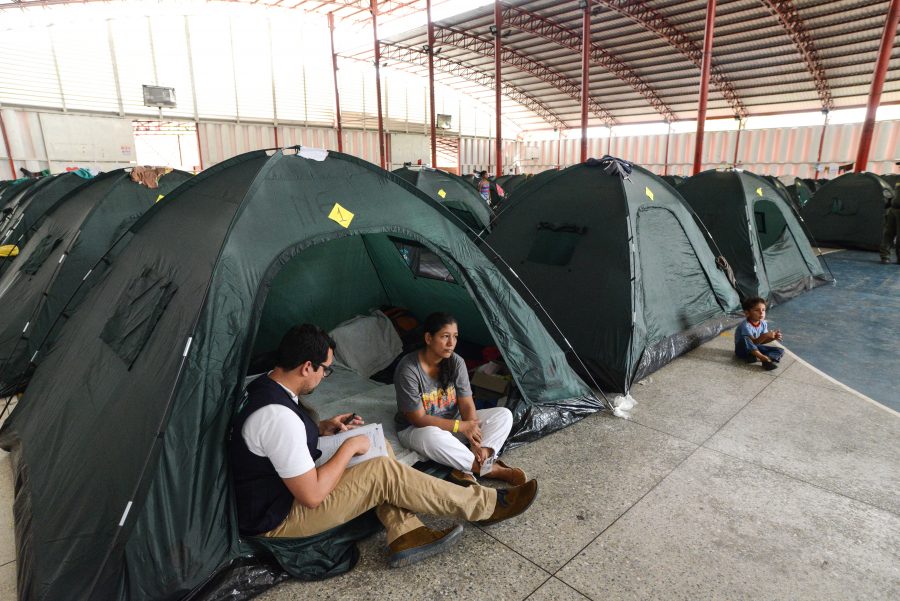
Complex Humanitarian Emergencies
CHEs involve an acute emergency layered over ongoing instability. Multiple scenarios can cause CHEs, like the civil wars in Syria and Yemen, the man-made political crisis in Venezuela, or the conflict in Ukraine.
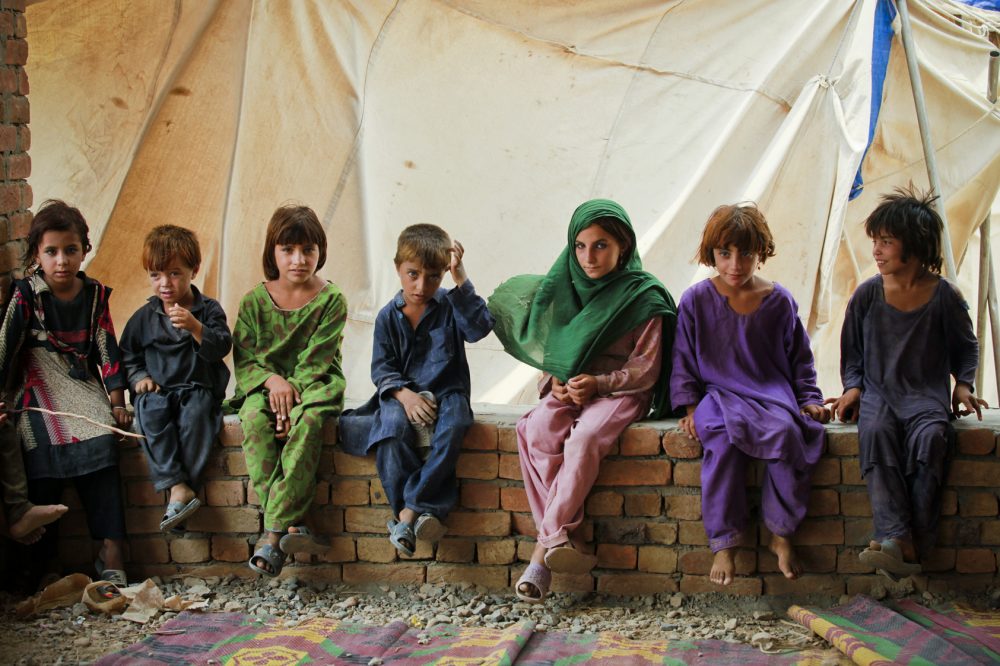
Internally Displaced People
Internally displaced persons are those who have been forced to flee their homes, in particular as a result of armed conflict, generalized violence, violations of human rights or disasters, and who have not crossed an internationally recognized border.
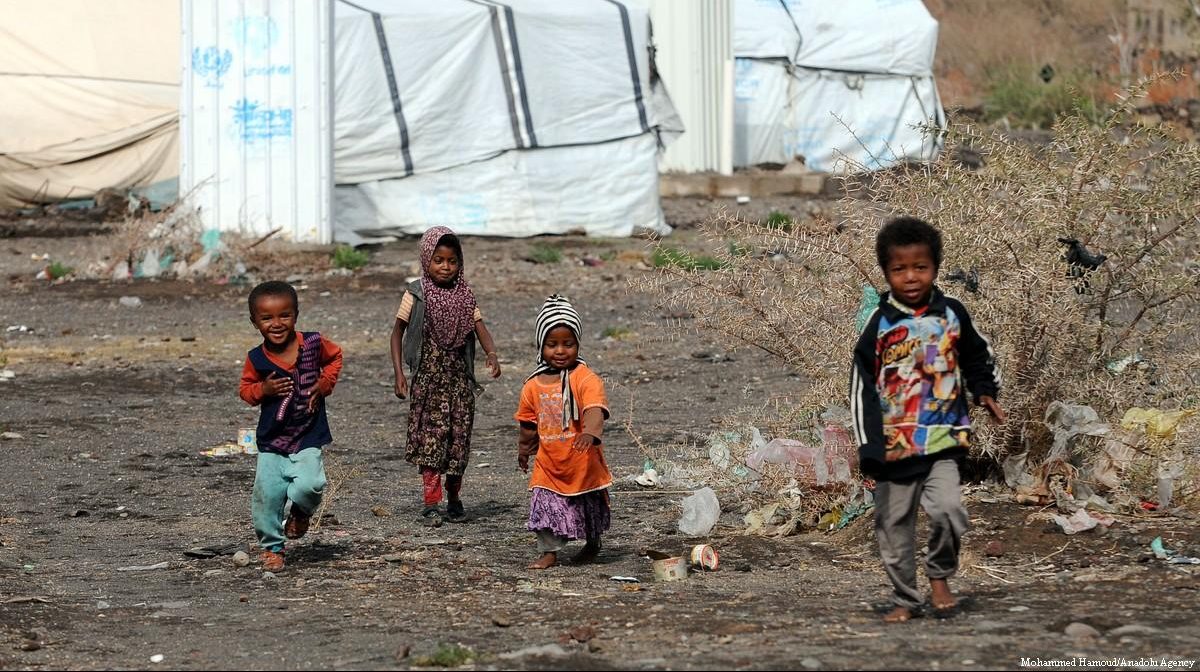
Refugees
Refugees are people who have been forced to flee their home countries because of persecution, war or violence. A refugee has a well-founded fear of persecution for reasons of race, religion, nationality, political opinion or membership in a particular social group. Many refugees are in exile to escape the effects of natural or human-made disasters.